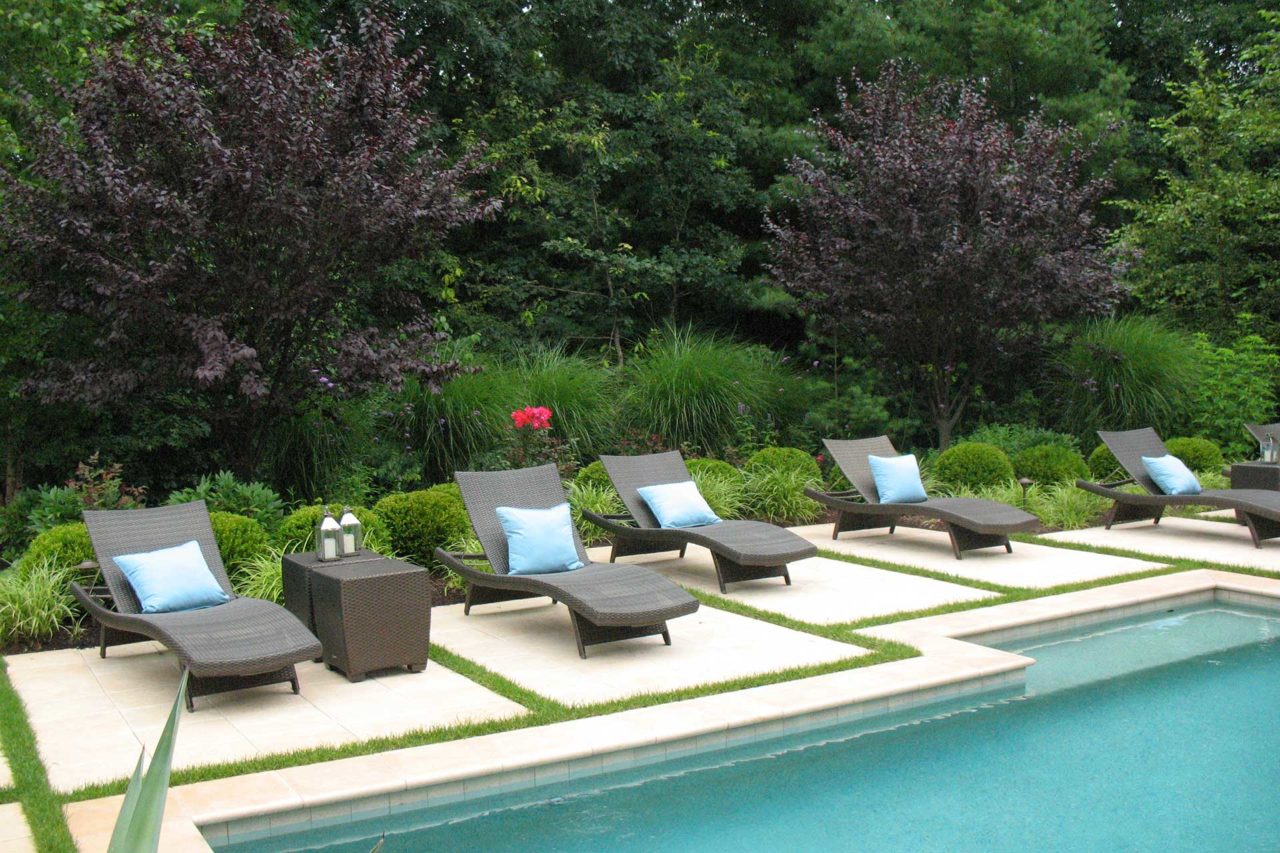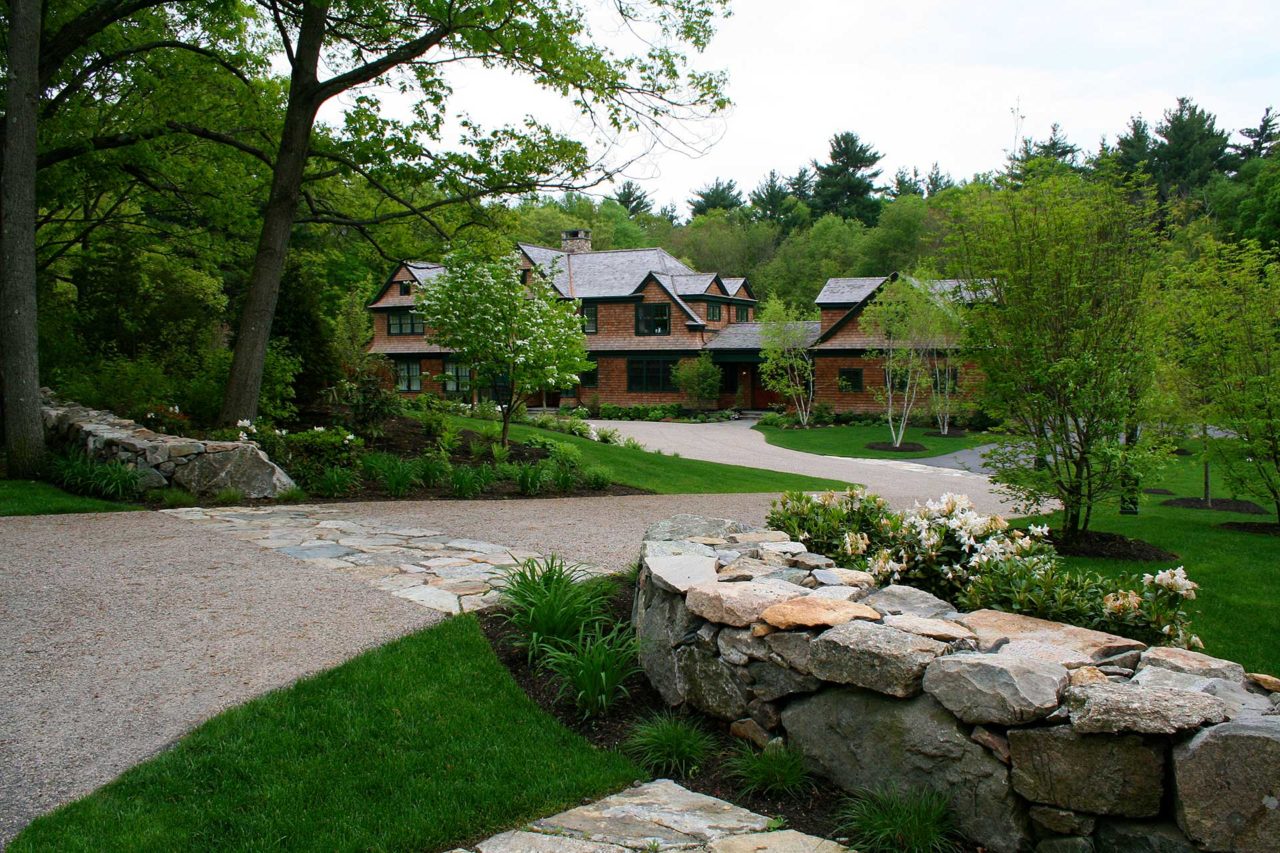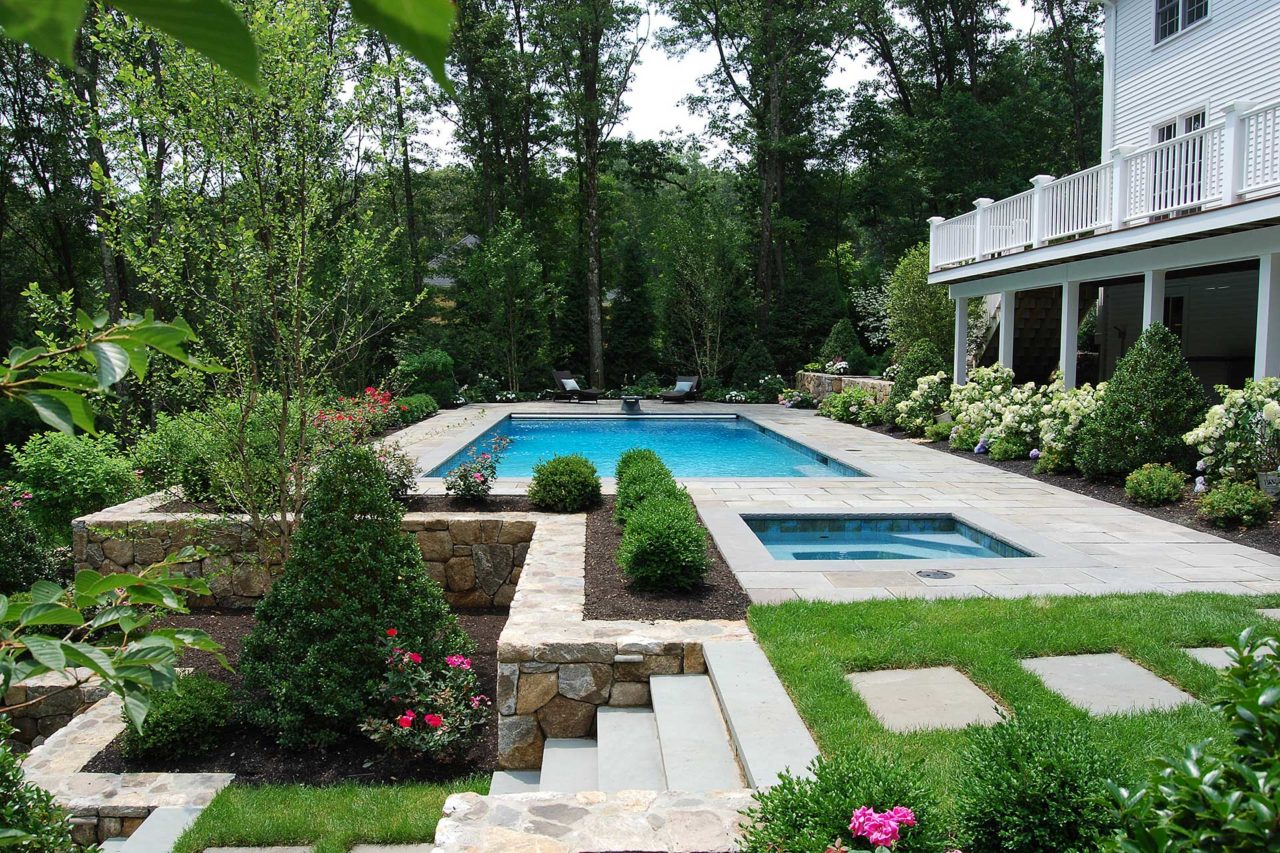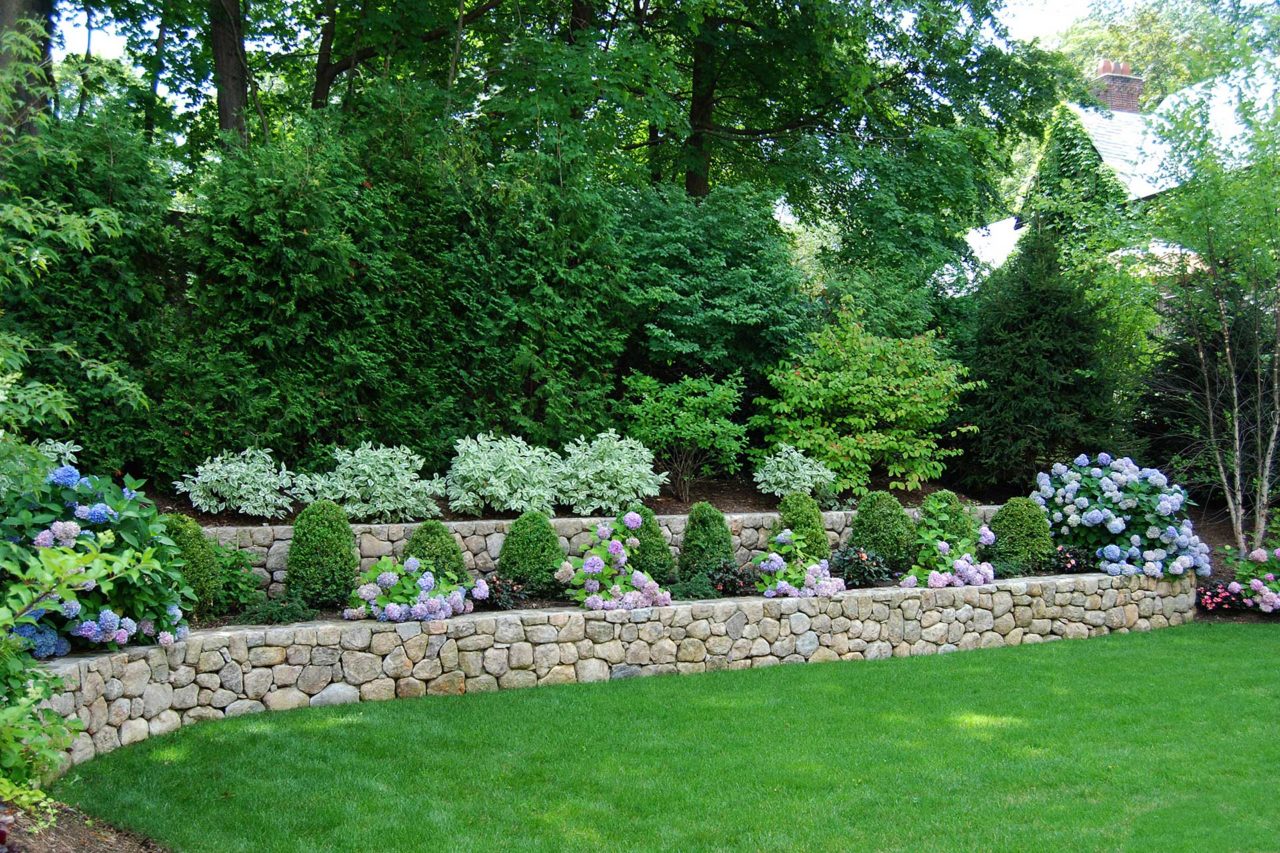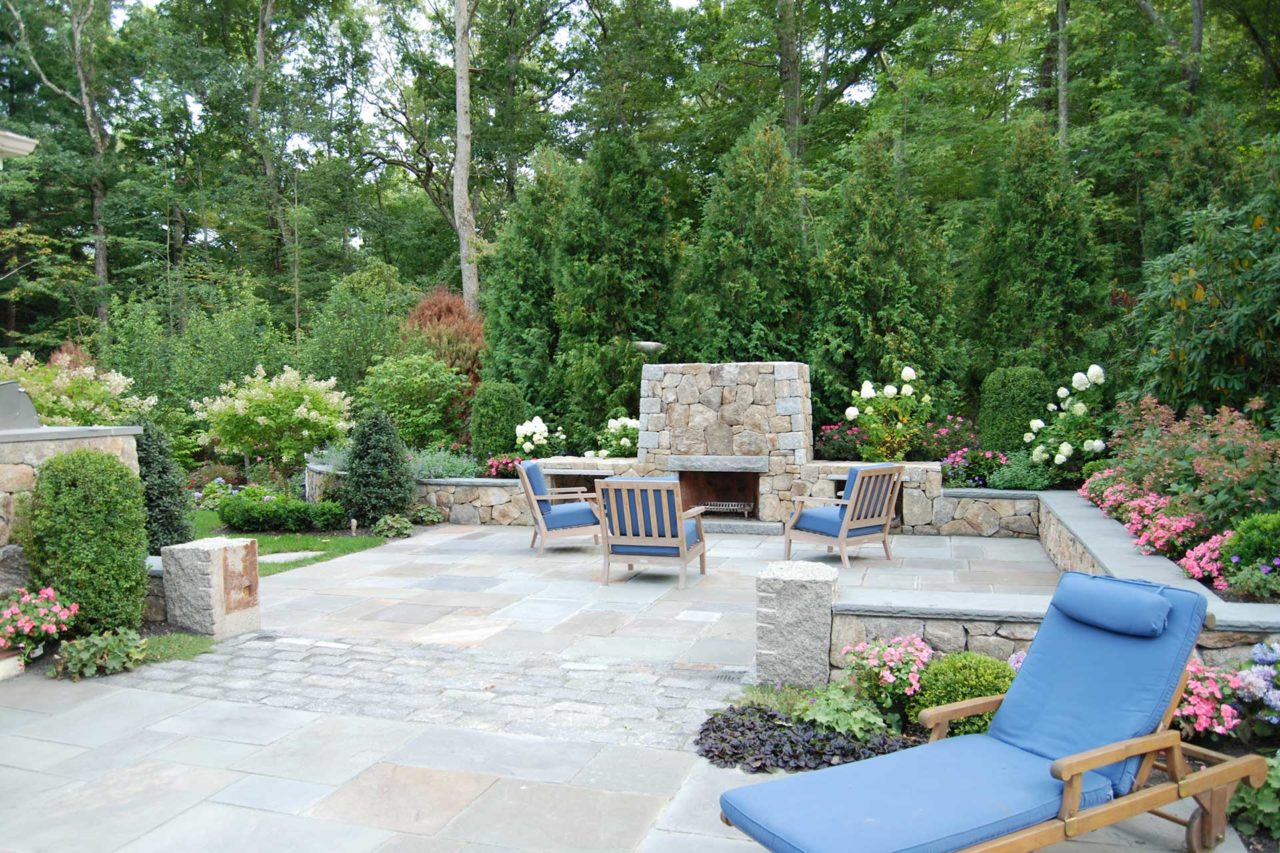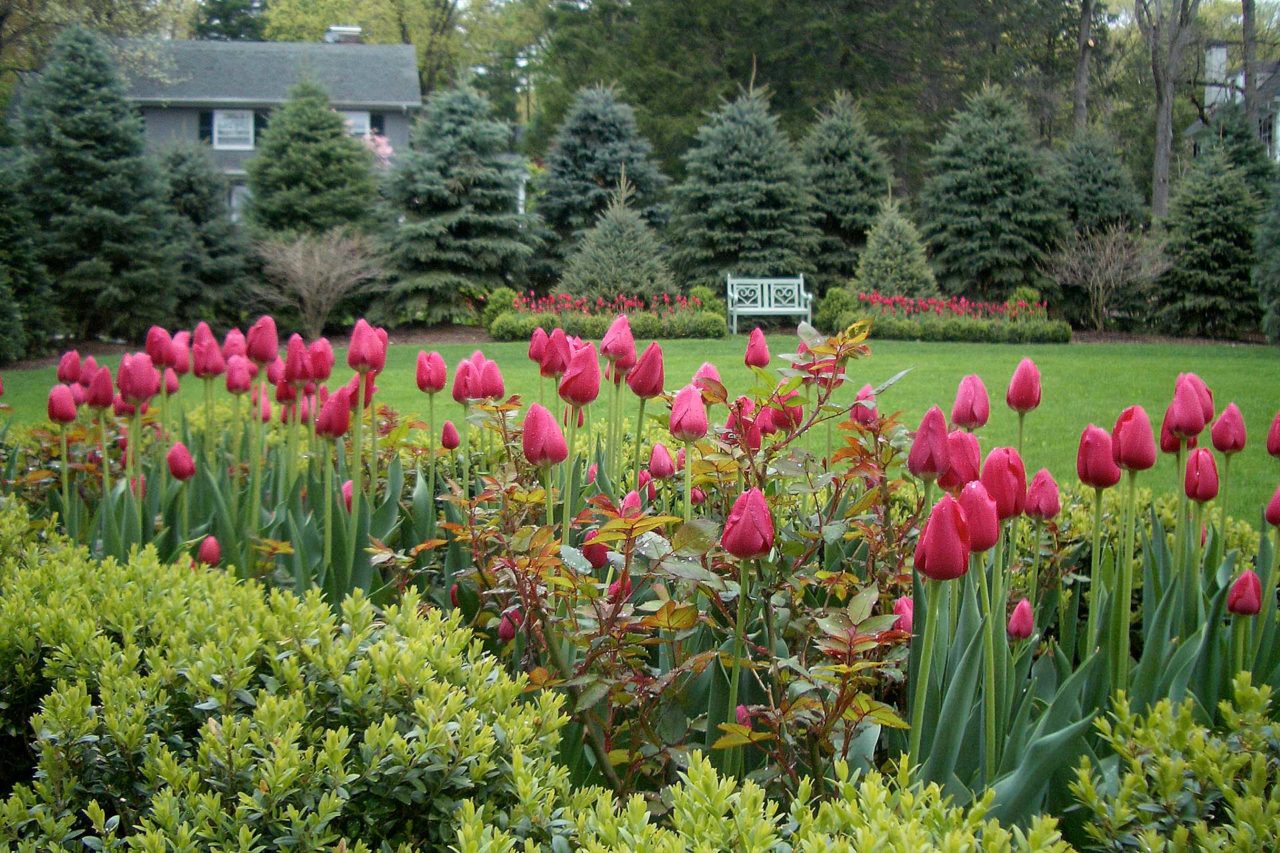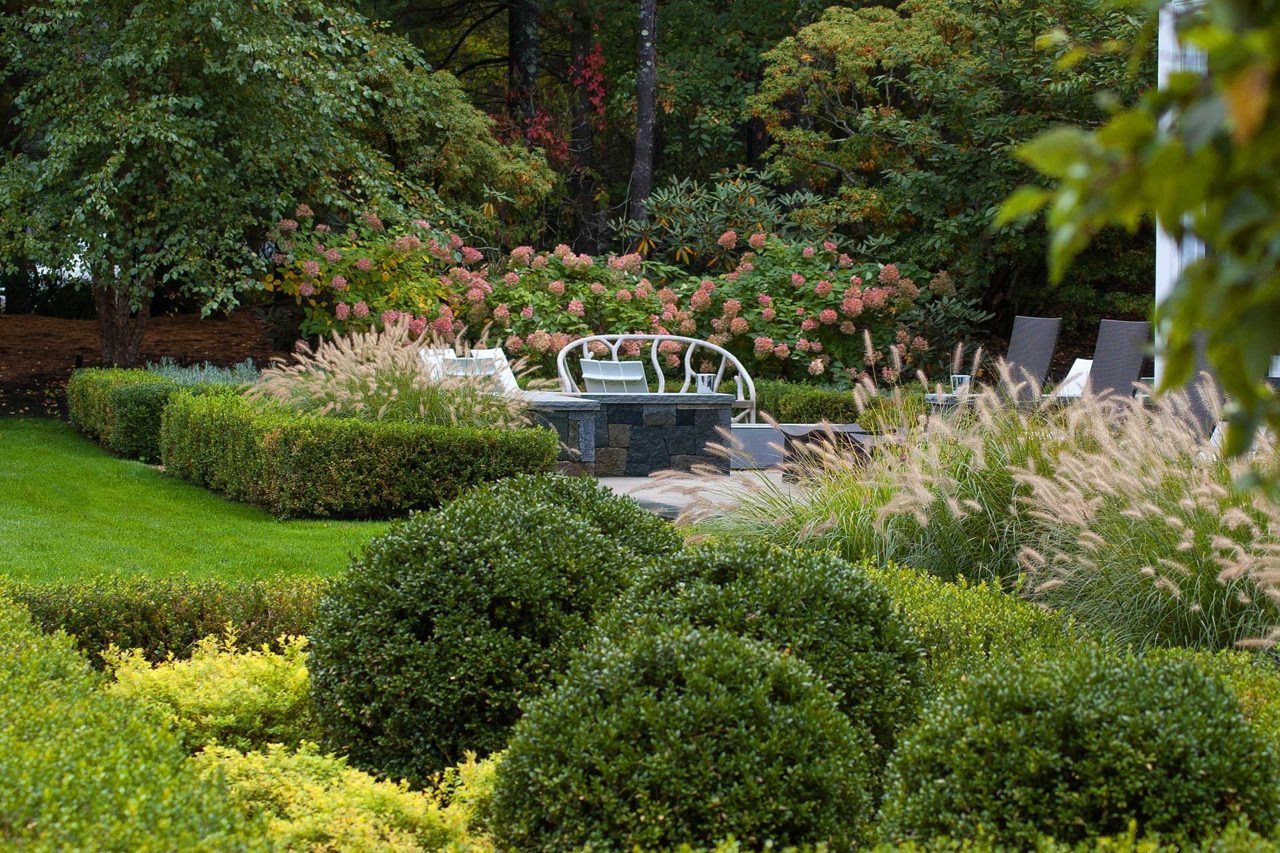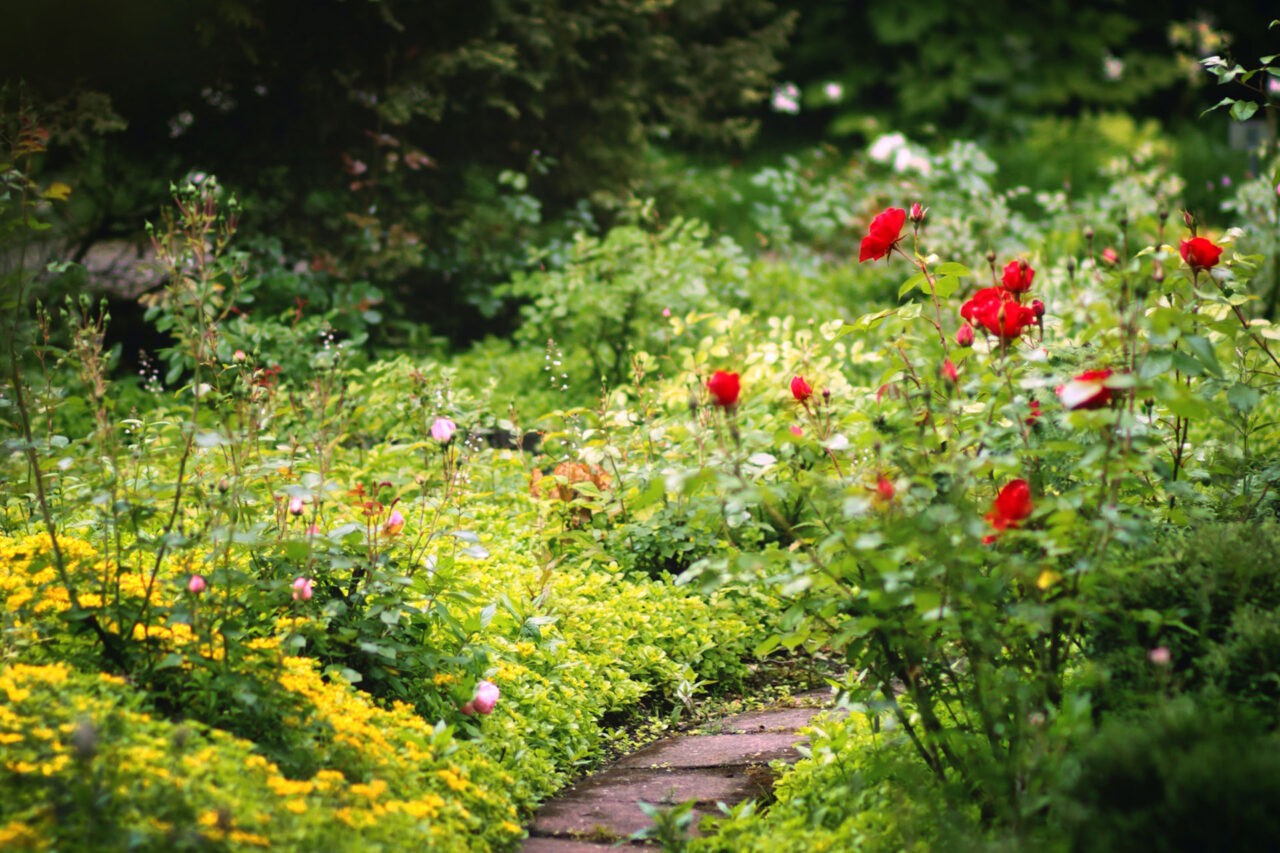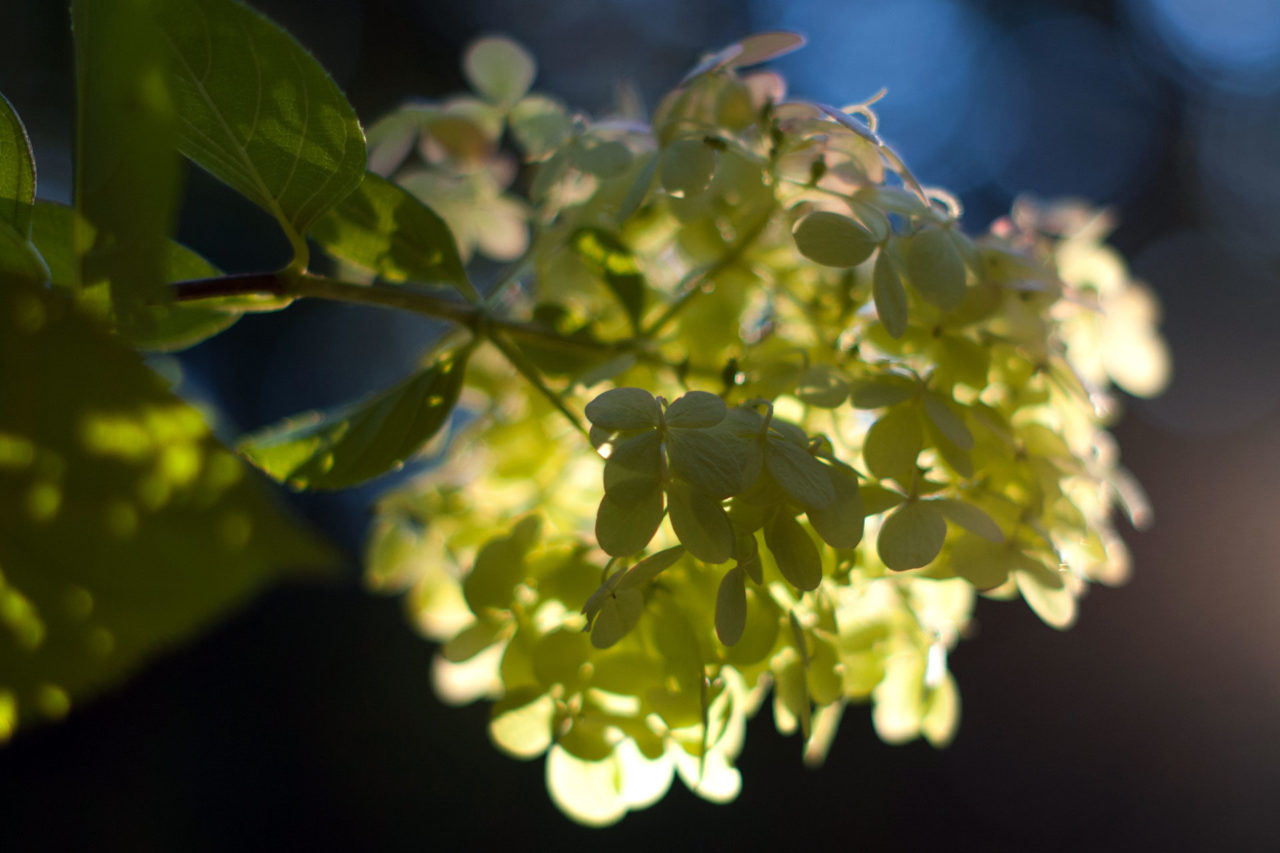What’s the Difference Between Hardscaping and Landscaping?
Transforming your outdoor space can dramatically enhance your home’s curb appeal and functionality. If you’re considering a renovation or upgrade, you may have come across the terms “hardscaping” and “landscaping.” While they are closely related, they refer to distinct aspects of outdoor design. Understanding the differences and similarities between these two elements can help you make informed decisions when hiring a landscape company.
Key Takeaways
- Hardscaping (stone, paths, walls) and landscaping (plants, soil, living elements) serve distinct but complementary roles.
- Understanding the difference helps you ask better questions, allocate budget wisely, and evaluate proposals more critically.
- The article prevents you from hiring a firm that’s strong in one area but weak in the other — a common mismatch.
What is Hardscaping?
Hardscaping refers to the non-living elements of your outdoor space. This includes all the physical structures that form the framework of your yard. Common examples of hardscaping features are:
- Patios and Decks: These provide a foundation for outdoor living areas, often constructed from materials like stone, brick, or composite decking.
- Walkways and Pathways: These guide foot traffic through your garden or yard, and can be made from various materials such as pavers, gravel, or concrete.
- Retaining Walls: Used to prevent soil erosion and create tiered garden areas, retaining walls can be built from stone, concrete blocks, or timber.
- Fire Pits and Outdoor Kitchens: These enhance your outdoor living experience by adding functionality and creating focal points in your yard.
- Fences and Pergolas: These structures offer privacy, define spaces, and add vertical interest to your landscape.
Hardscaping is all about creating durable and visually appealing structures that complement the natural elements of your yard. It often requires a higher level of craftsmanship and materials that stand up to the elements.
What is Landscaping?
Landscaping, on the other hand, encompasses the living elements of your outdoor space. This includes all the plant life and the ways in which it’s arranged to create a harmonious and attractive environment. Key landscaping elements include:
- Gardens: Flower beds, vegetable patches, and herb gardens that add color, texture, and life to your yard.
- Lawns: Grass areas that provide a soft, green carpet for relaxation and recreation.
- Trees and Shrubs: These add height, structure, and seasonal interest to your landscape, while also offering shade and privacy.
- Water Features: Ponds, fountains, and streams that bring tranquility and movement to your outdoor space.
- Mulch and Ground Covers: These help with soil erosion control, moisture retention, and weed prevention.
Landscaping focuses on the organic and aesthetic aspects of your yard, creating environments that change and evolve with the seasons.
Similarities Between Hardscaping and Landscaping
Both hardscaping and landscaping are crucial components of a well-rounded outdoor design. They share several similarities:
- Complement Each Other: Hardscaping provides structure and form, while landscaping adds softness and color. Together, they create a balanced and visually pleasing outdoor environment.
- Enhance Property Value: Properly designed hardscaping and landscaping can significantly increase your home’s curb appeal and overall property value.
- Require Professional Expertise: Both hardscaping and landscaping benefit from professional input. Landscape designers and contractors can help you choose materials, design features, and plan layouts that align with your vision and budget.
Differences Between Hardscaping and Landscaping
Despite their interconnected nature, hardscaping and landscaping have distinct differences:
- Material: Hardscaping uses inanimate materials like stone, wood, and metal, whereas landscaping involves living plants and natural elements.
- Functionality: Hardscaping often serves practical purposes like creating pathways or retaining walls, while landscaping focuses more on aesthetic and ecological benefits.
- Maintenance: Hardscaping generally requires less maintenance compared to landscaping. Once installed, hardscaping elements need minimal upkeep, whereas landscaping requires regular care, such as watering, pruning, and fertilizing.
Choosing the Right Approach for Your Property
When planning your outdoor transformation, consider how hardscaping and landscaping can work together to achieve your goals. Here are a few tips:
- Define Your Goals: Are you looking to create an entertaining space, improve curb appeal, or enhance privacy? Identifying your goals will help you determine the right balance between hardscaping and landscaping.
- Consider Your Budget: Both hardscaping and landscaping can vary in cost. Plan your budget to accommodate both elements, as well as any ongoing maintenance.
- Consult a Professional: A landscape company can offer valuable insights and help you design a cohesive plan that incorporates both hardscaping and landscaping to suit your needs.
Understanding the differences and similarities between hardscaping and landscaping is essential for making informed decisions about your outdoor space. By thoughtfully combining these elements, you can create a beautiful and functional environment that enhances your home and lifestyle. Whether you’re envisioning a cozy patio with lush gardens or a sleek outdoor kitchen surrounded by elegant pathways, the right landscape company can help bring your vision to life.

